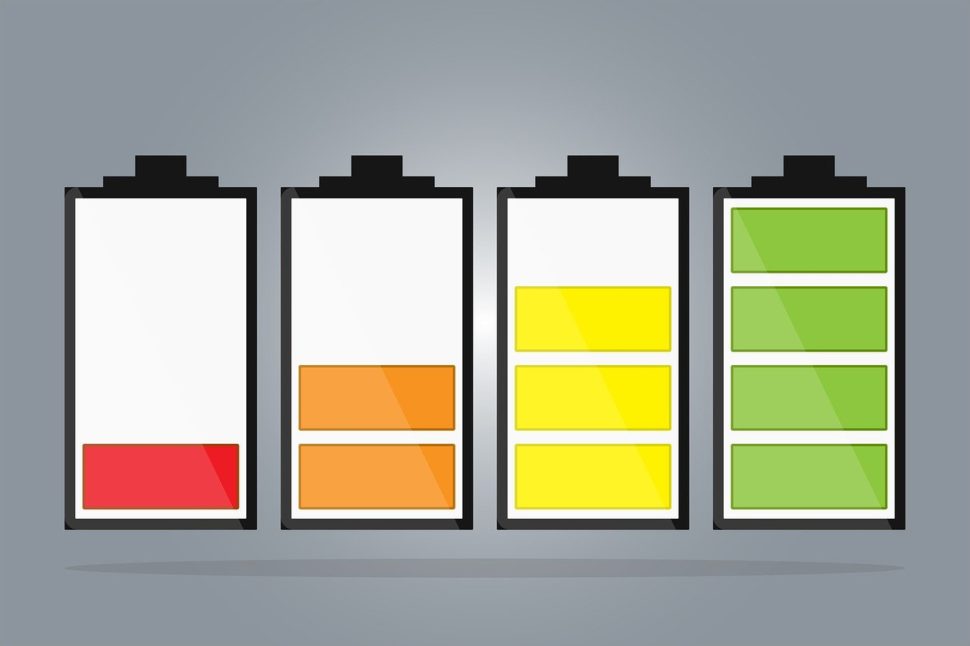A redox flow battery is a type of electrochemical cell in which the energy comes from the electrolyte.
Manufacturers market these batteries with the prefix “eco,” indicating that it can store excess energy from renewable sources. Also, users can recharge flow batteries for an unlimited number of times.
Unfortunately, the current redox flow batteries are still far from perfect. For one, it usually contains vanadium — a scarce and expensive metal.
Besides, water-based electrolyte store chemical energy in these batteries. Although it makes an average flow battery safe to use, the water-based electrolyte also results in lower energy density.
Now, researchers from the Laboratory of Organic Electronics, Linköping University, have devised a solution.
The team created a new water-based electrolyte and electrodes of organic material to increase the cell’s energy density considerably. Simply put, it’s now possible to manufacture flow batteries that are entirely organic.
The researchers described the organic flow battery in the journal Advanced Functional Materials.
Creating an Organic Redox Flow Battery
First, the researchers used the conducting polymer PEDOT to create the new electrode, which they doped to carry charges.
After that, they developed a water-based electrolyte consisting of a solution of quinone molecules. According to the team, it’s easy to extract these molecules from forest-based materials.
In a statement, a principal research engineer in the Laboratory of Organic Electronics, Viktor Gueskine, said:
“Quinones can be derived from wood, but here we have used the same molecule, together with different variants of the conducting polymer PEDOT. It turns out that they are highly compatible with each other, which is like a gift from the natural world.”
Thanks to the high compatibility, the PEDOT electrode can quickly help the quinone molecules switch between their oxidized and reduce state. That way, the system can create a flow of protons and electrons.
“This effect has never previously been discussed. We showed it for the first time in redox flow batteries,” says one of the researchers, Mikhail Vagin.
With that said, the organic redox flow batteries still have a lower energy density than their vanadium counterpart.
However, they’re cheap, safe, and completely recyclable. What’s more, the organic redox flow batteries are perfect for storing energy and compensating for load variations in the electrical supply grid.



















Comments (0)
Most Recent